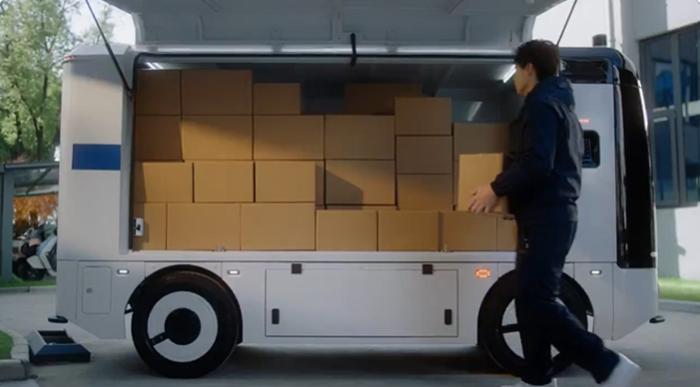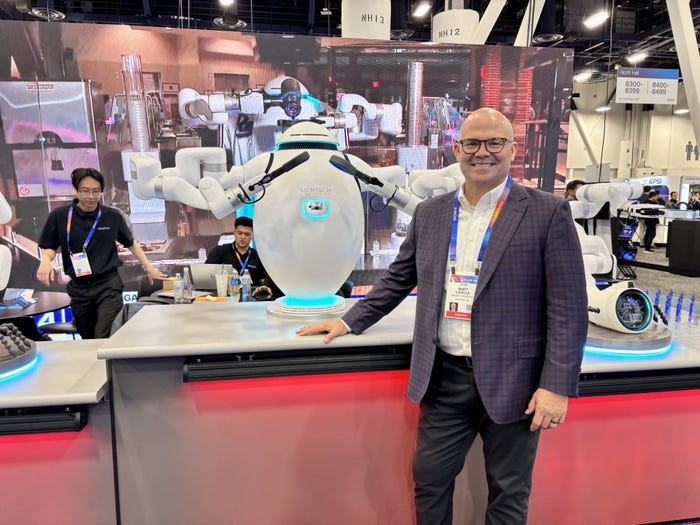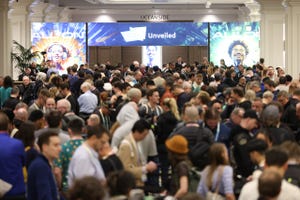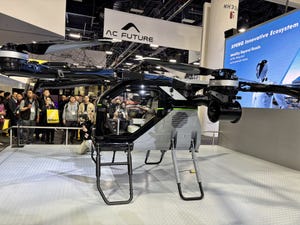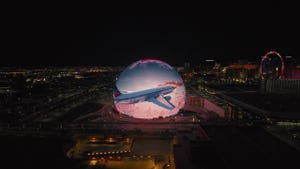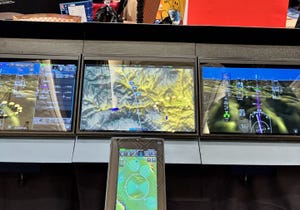Cruise Fined $1.5M for Failing to Report Crash Details
The penalty is part of a consent order announced by the National Highway Traffic Safety Administration
.jpg?width=1280&auto=webp&quality=95&format=jpg&disable=upscale)
Self-driving taxi company Cruise was ordered to pay $1.5 million to federal road safety regulators as the repercussions of the infamous San Francisco road accident a year ago.
The penalty is part of a ‘consent order’ announced by the National Highway Traffic Safety Administration (NHTSA). The General Motors subsidiary agreed to the fine, imposed after it submitted incomplete reports in the aftermath of the incident, in which a pedestrian originally was struck by a human-driven car before coming into contact with a Cruise autonomous vehicle (AV).
“Two of these reports failed to disclose the post-crash details of an Oct. 2, 2023, crash, in which a Cruise vehicle equipped with an ADS and operating without a driver dragged a pedestrian approximately 20 feet before coming to a complete stop,” said the NHTSA in a statement.
A third report, submitted a month after the incident, was the first to mention that the pedestrian had been dragged along the road.
Cruise has also been asked to provide what the NHTSA terms a “corrective action plan,” which requires the company to explain what changes it has made to ensure there is no repeat in future.
While the crash was devastating for the individual who was injured, it has also had profound consequences for Cruise.
For more self-driving vehicle and other embedded tech news subscribe to our free newsletter!
In the immediate aftermath of the incident, the company lost its licenses to operate in California as it was deemed a risk to public safety, before it voluntarily paused all operations nationwide. Leading executives left, hundreds of staff lost their jobs and funding was massively reduced.
The NHTSA judgement is unlikely to have come as a surprise, given the company commissioned its own independent report into its actions, which was heavily critical of Cruise’s behavior.
Cruise was blasted for having a “myopic” focus on correcting the media narrative and also chastised for its “poor leadership, mistakes in judgment, lack of coordination, ‘us versus them’ mentality with regulators and a fundamental misapprehension of obligations of accountability and transparency to the government and the public.”
The consent order also decrees that Cruise and the NHTSA must meet every quarter, with the company having to provide information on its operations, including miles travelled, number of vehicles on the road and driverless activity and details of software updates.
NHTSA deputy administrator Sophie Shulman said: “It is vitally important for companies developing automated driving systems to prioritize safety and transparency from the start. NHTSA is using its enforcement authority to ensure operators and manufacturers comply with all legal obligations and work to protect all road users.”
“Our agreement with NHTSA is a step forward in a new chapter for Cruise, building on our progress under new leadership, improved processes and culture, and a firm commitment to greater transparency with our regulators,” said Cruise’s new chief safety officer Steve Kenner.
Cruise vehicles returned to the Bay Area to resume testing in early September, with human drivers at the wheel, following a settlement with the California Public Utilities Commission in June. It had previously returned its self-driving taxis to the road in Phoenix, Dallas and Houston.
About the Author
You May Also Like


